Q On which railroad was the 1975 movie “Breakheart Pass” filmed? — Klaus Schmidt, Sleepy Hollow, N.Y. A “Breakheart Pass” was filmed on the Camas Prairie Railroad, a short line in Northern Idaho. Originally a cooperative building effort by predecessors of the Union Pacific and the BNSF in the early 20th century, as of 2004, […]
Section: Train Basics
Running long hood forward
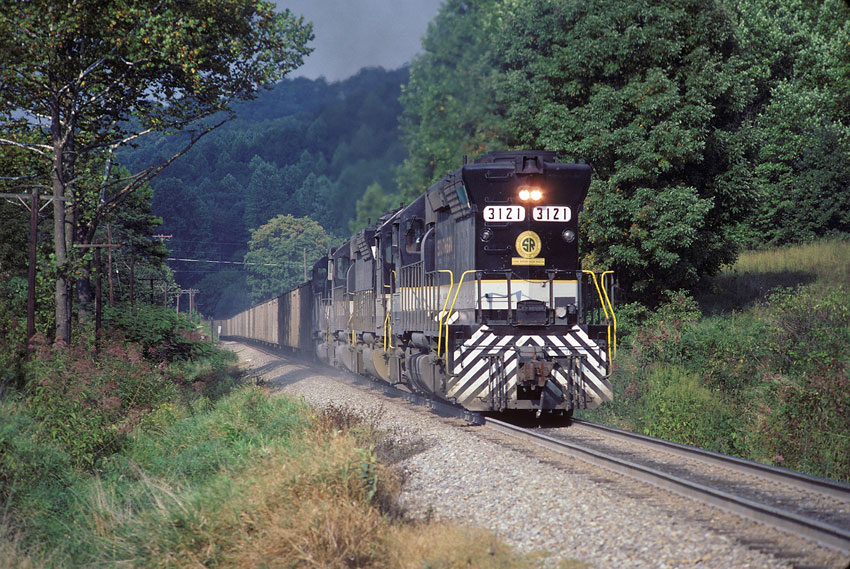
Southern Railway SD45 No. 3121 leads long hood forward on a unit coal train at Oreton, Va., in 1984. Such design enhanced bidirectional capability. Ron Flanary Q When did railroads such as the Norfolk & Western stop running their road engines “long hood first?” How effective was this practice for crew safety? Did it have […]
Steam engine sight glass
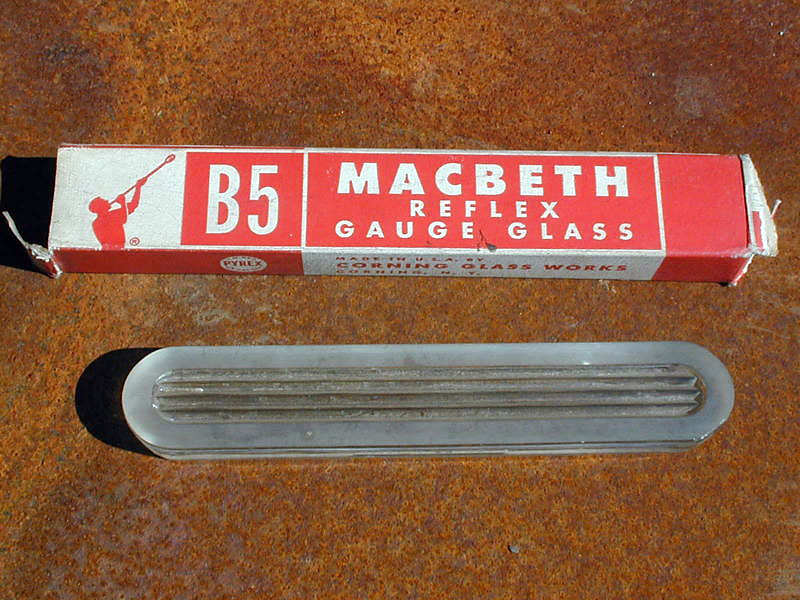
Steam engine gage glasses have prisms to improve water visibility. J. David Conrad Q What type of glass (or other material) was used for the sight glass on a steam locomotive boiler? Was it a special material, or just very thick?— William Johnson, Eagle, Mich.A Most (but not all) gage glasses on steam locomotive are […]
Why ‘mudhens?’
Q Why are some Rio Grande steam locomotives referred to as “Mudhens?”— Larry Beck, Susanville, Calif. A The term “Mudhen” refers to 15 Denver & Rio Grande Western class K-27 2-8-2s, Nos. 450-464, built by Baldwin in 1903. Two K-27 Mudhens are left: No. 463, under restoration at the C&TS and No. 464, in operation […]
Locomotive throttle notches
Q Why do modern locomotive throttles still use notches?— Ben Redl, Williams Lake, B.C. A The primary reason is to help the locomotive’s engineer direct a specific response from the locomotive. Engine RPM speed must be increased gradually during normal operation. As the engineer demands more power from the locomotive by moving a notch at […]
Tribute paint schemes

Union Pacific’s Desert Victory and United Way tribute locomotives were the first to receive special paint schemes, in 1991 and 1994, respectively. John C. Benson Q I understand that Union Pacific ES44AC No. 7400 is the railroad’s 15th specially painted locomotive. What are the other 14 commemorative locomotives?— Wesley Chen, Irvine, Calif.A According to Union […]
GATX reporting marks
Q My employer receives plastic pellets in rail cars. Recently, I saw a car that was marked with GATX on the opposite end from the reporting marks, which were different. Do the chemical companies own the cars, or are they leased? — Frank L. Mejean, Crawfordsville, Ind. A GATX Corp. is a leader in leasing […]
Isolating locomotives
Q What does it mean when diesel locomotives are “isolated?”— Ray Russell, Naples, Fla. A “Isolating” a particular locomotive in a multiple-unit consist means that the prime mover is still running, but the main generator and electrical system for propulsion are disconnected. The locomotive will not respond to throttle settings and essentially is along for […]
Locomotive in Brookside Park
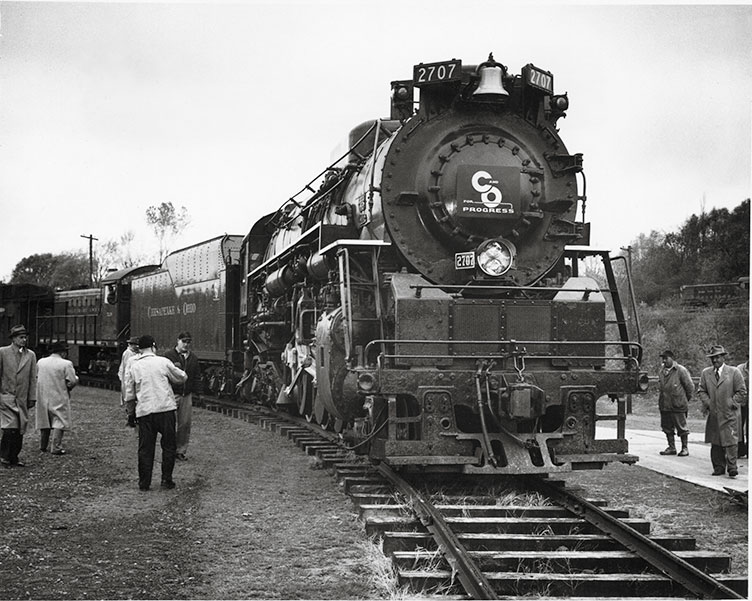
Chesapeake & Ohio 2-8-4 No. 2707 is moved to Brookside Park in Cleveland in the mid-1950s. C&O Q In the 1960s and ’70s, I saw a steam locomotive in Brookside Park near the Cleveland Zoo. A group removed it later. Was it restored or scrapped? — Larry Matus, North Ridgeville, Ohio A The locomotive in […]
Pennsy Tubular Train
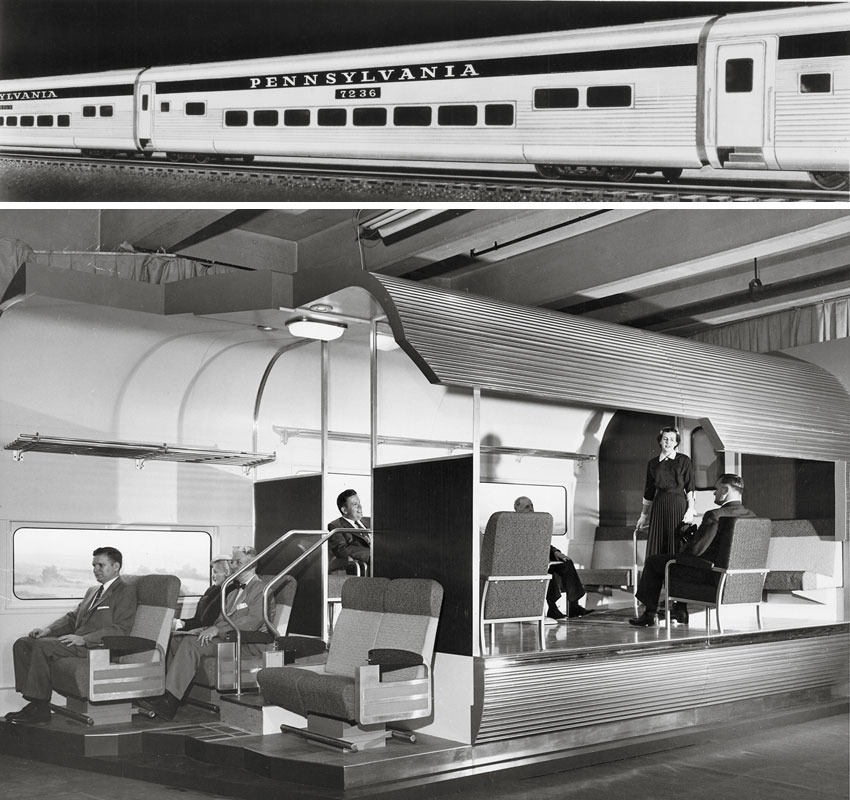
The Pennsylvania Railroad’s Keystone Tubular Train, built by The Budd Co. in 1956, was designed to hug the rails tighter and enable faster transit times. PRR Q What happened to the Pennsylvania Railroad’s Keystone Tubular Train? I heard it was in Michigan and derailed on its way to a new owner for dinner train service.— […]
Weight of trains
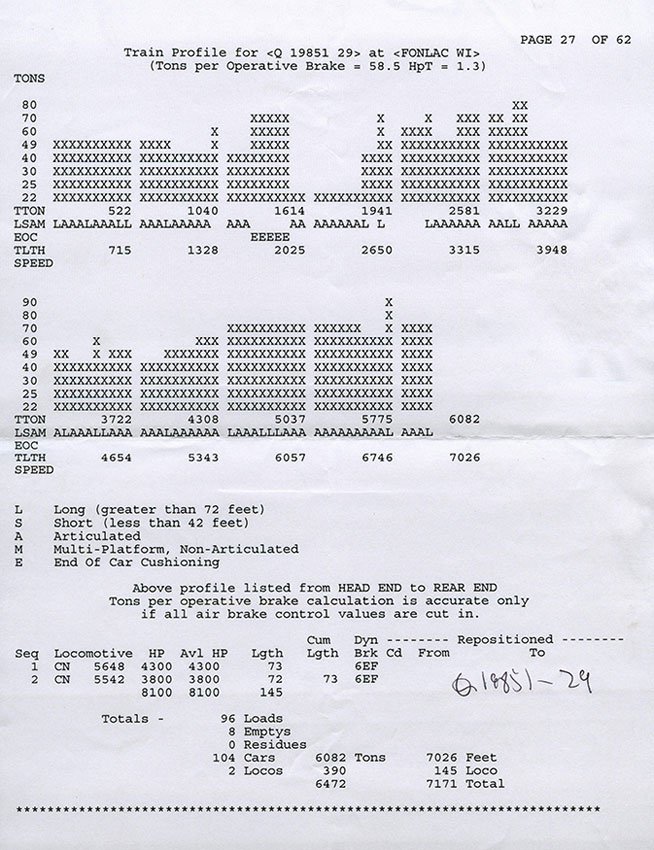
The tonnage profile for this Canadian National intermodal train gives overview and detailed information. Ray Weart collection Q When someone says the “weight of the train is xxx tons,” are they referring to the weight on the rails, or the effort needed to move it? Is there a difference?— Mike Llewellyn, Shamokin, Pa. A Yes, […]
Cabooses on Norfolk Southern
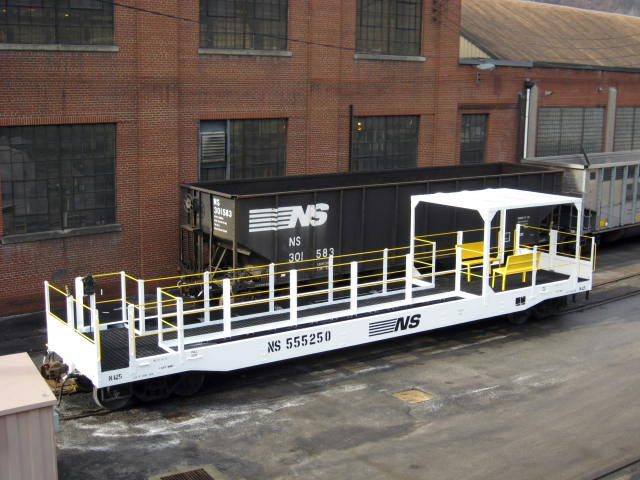
Norfolk Southern and some other railroads use cabooses or riding platforms to protect shove moves. NS Q I know Class I railroads haven’t used cabooses for some years. On a Roanoke, Va., webcam, though, I have seen Norfolk Southern use a caboose on many occasions. The trains do not look like work trains, but rather […]
